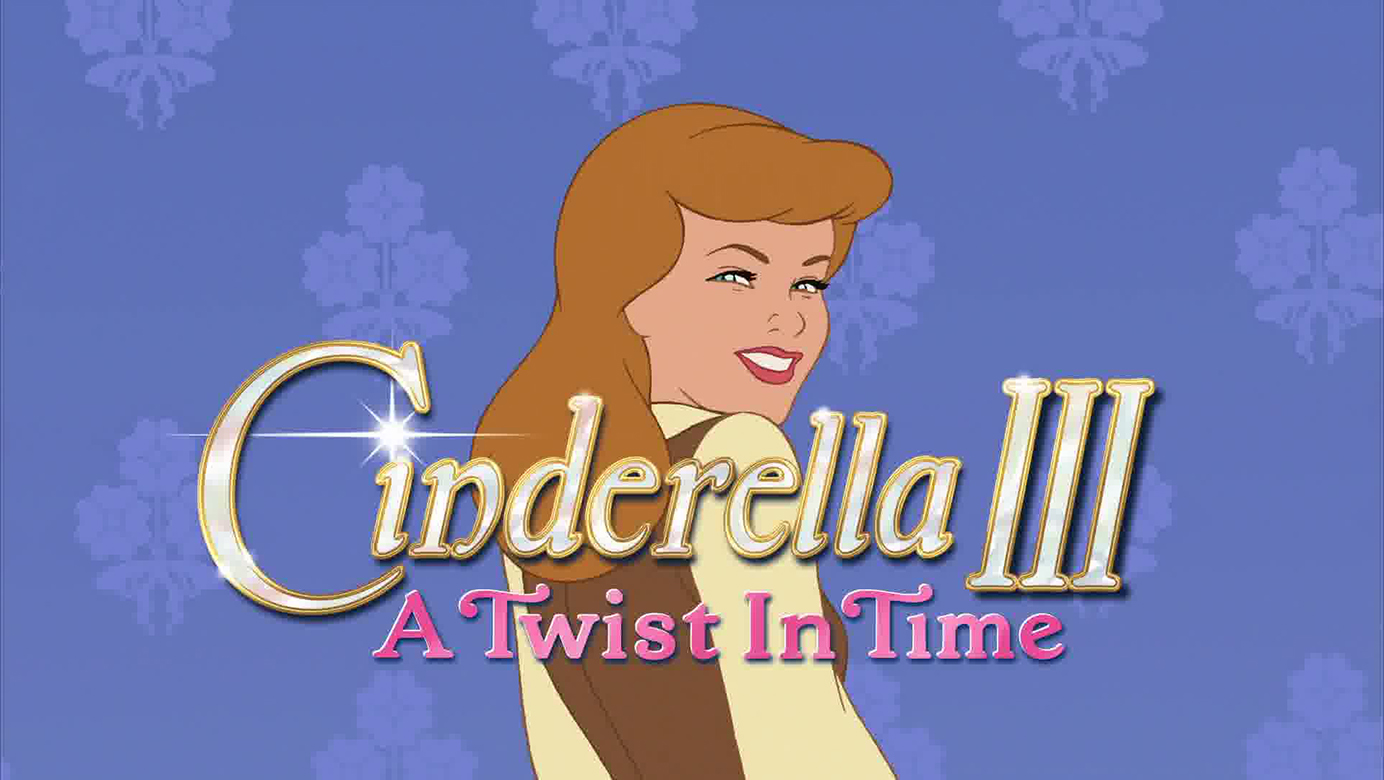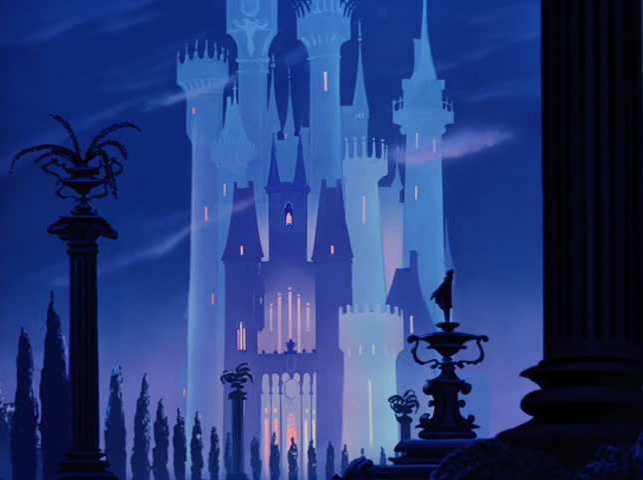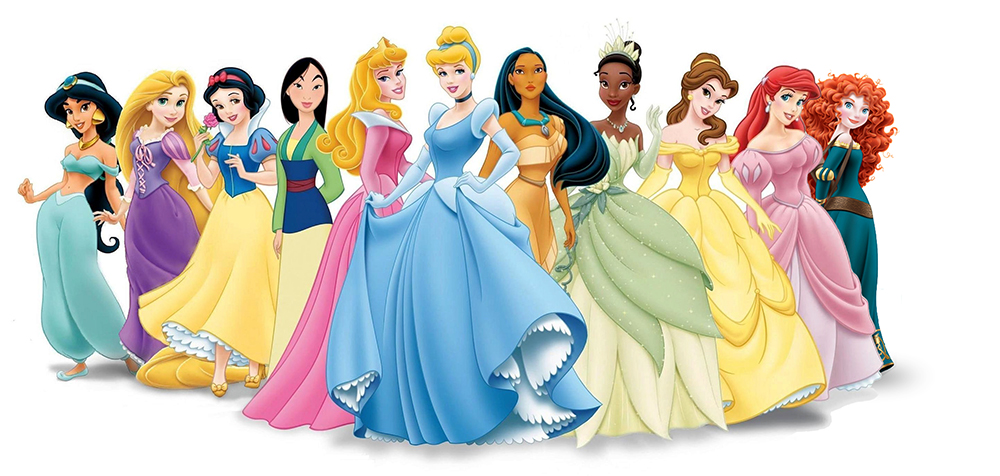With Disney's new live-action Cinderella nearly upon us, Team Experience is taking a look at some of the screen adaptations of Charles Perrault's classic fairy tale. Here's Tim to kick it off (the glass slipper et al.) - Editor
What better place to start Cinderella week, than with Disney's own version of the story? I give you the 2007 direct-to-video masterwork Cinderella III: A Twist in Time !

Wait, no, that's absolutely not right at all.
I give you Cinderella (1950)! The classic that saved Walt Disney Productions from extinction, birthed the studio's Silver Age Renaissance, and created the most princessy of all the characters in the Disney Princess marketing line-up, the one who will lead them into battle if they ever team up, Avengers-style, to save the world.
And it is kind of baffling to me that Disney has never apparently thought to go that route. [More...]
I might as well get the ugly bit out of the way first: indeed, Cinderella is the most typical of the princess films, and it's kind of awful. Cinderella talks to animals – they talk back, in a shrill little argot – and she sings to birds as they help her get dressed. She has absolutely no other dream or ambition other than to live in the palace, but it would be totally unfair to argue that she wants above all things to marry a prince, since she is totally sexless. There is no Disney heroine who's so easy to imagine as a smooth Barbie doll underneath the flouncy clothes; hell, the girl doesn't even have toes.

The possible impact of Disney's princesses on the psychological development of young girls is not something that I, a childless 33-year-old cisgender male, really ought to have an opinion on one way or the other, but Cinderella is absolutely the one princess out of all of them that I'd absolutely want to discuss in a long, sensitive conversation afterward with any little girls who found themselves swooning over her in my presence.
But it does feel a big grumpy to walk into a weeklong Cinderella party wearing a gender theory hat, so let me remove it to move onto happier territory: Cinderella is an absolutely gorgeous piece of animation, the rebirth of Disney's studio after the poverty enforced on it by World War II and the immediate post-war years. It's not as lush, nor as complex, as the first run of movies Disney produced between 1937 and 1942 (I mean, again, Cinderella has no toes), but the lavish colors and set designs, a gift from the invaluable concept artist and color stylist Mary Blair, give it the stately look of a very posh illustrated storybook, the perfect setting for a child's fairytale dreams to come to life.

It was also a triumphant return to form for Disney's character animation, seamlessly mixing the round, comic style of those talking mice, the absent-minded fairy godmother, and the ugly stepsisters with two of the greatest achievements in realistic character animation, Cinderella herself (supervised by Marc Davis, Disney's best animator of women) and her stepmother, Lady Tremaine (supervised by Frank Thomas). The latter, aided by the sublime voice acting of Eleanor Audley (who later brought Sleeping Beauty's iconic Maleficent to life, though I honestly think her work in this film is even better), is one of the subtlest and cruelest of all animated villains, characterized by small expressions that twitch across her hard, sharp-lined face. As for Cinderella, though the animation team is powerless to imbue her with a personality, they at least give her almost limitless elegance and swanlike fluidity in the way she glides through her world, a quicksilver sprite in the face of all the comic relief clomping about.
The film's glamorous style has given it quite a persistent impact in the cultural memory: this is one of the quintessential Disney films by just about every yardstick. It has its iconic moments – the transformation of Cinderella into her beautiful ball gown, to pick the most obvious.

It also boasts one of Disney's most well-known anthems, in the form of "Bibbidi-Bobbidi-Boo" (one of the film's three Oscar nominations for sound and music). And this despite it being, in the present author's eyes, kind of boring and drippy. Cinderella is a wet sock of a protagonist and her prince is even worse, the comic relief mice are annoying, and virtually all of the songs not sung by plump magical women are syrupy late-'40s ballads that drone in the brain for just a moment.
But it's gorgeous; it's excessively, one-of-a-kind gorgeous. And it possesses one of the greatest of all Disney villains, and that's not a little thing, by any stretch of the imagination. It maybe isn't enough, by itself, to justify the film's iconic stature, but it gives Cinderella teeth and bite beyond its seemingly limitless ability to pander to little girls.
